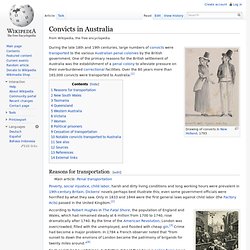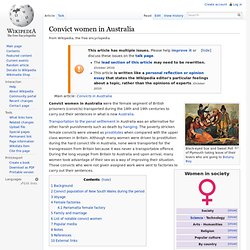

Mutiny on a convict ship: Carpenter's diary revealing how vessel heading for Australia was seized by French soldiers is sold at auction. Lady Shore was carrying 66 women convicts when the mutiny happened off the coast of South AmericaThomas Millard wrote a 320-page journalHis record fetches £12,500 at auction in London todayWomen on board had been sentenced to around 7 years each for offences such as theft By Rob Cooper Published: 15:58 GMT, 9 May 2012 | Updated: 18:49 GMT, 9 May 2012 When a cargo ship carrying 66 women convicts to Australia was seized in the 18th century, it became one of the most infamous mutinies of all time.

Now a diary written by the carpenter has shed new light on the incident which happened on the Lady Shore off the coast of South America. Today the work, produced by Thomas Millard, from Deptford, south London, sold for £12,500 at auction. Convict ship: The Lady Shore, like this ship, was heading for Australia when the mutiny happened in 1797 off the coast of South America The women on board had been sentenced to an average of seven years' transportation for committing minor offences such as theft. The Floating Brothel: The Extraordinary True Story of an 18th-Century Ship and Its Cargo of Female Convicts: Amazon.co.uk: Sian Rees: Books. A new diary reveals the truth about life on board the first ships for Australia. Reinhard Donath: Convicts. Numbers of Convicts (1788 - 1868) More than 160,000 convicts were transported to Australia between 1788 and 1868.

About 80,000 convicts were sent to New South Wales (NSW), including a few to Port Phillip (future Melbourne) and Moreton Bay (future Brisbane) which were part of NSW until 1851. Van Diemen's Land (Tasmania) received 69,000. The last convicts to land in eastern Australia were in Tasmania in 1852. However, Western Australia (WA) only started receiving convicts in 1850 and continued to 1868. 9,700 convicts were sent to WA to help its very small population to build public buildings. Eighteenth Century Prisoners Forced onto Rotting Ships. A favourite punishment of the English justice system in the 18th and 19th centuries was transportation; getting rid of the bad guys by sending them to the other side of the world.

At first they were sent to the American colonies but, after the Revolution, Australia became the favoured destination. It might take some time to assemble a full shipload of convicts so many were temporarily stored in decommissioned ships on rivers. Old Ships Converted to Prisons By the late 18th century, Britain’s jails were becoming overcrowded. In “Prison Hulks on the River Thames” it says “William Eden, the Home Secretary, estimated that alternative accommodation would be needed each year for about 1,000 convicts…To ease overcrowding in the gaols, the authorities…decided to imprison convicts in the hulks of old warships moored on the Thames.”
In 1798, of the 1,900 people waiting to be transported to Australia, 1,400 were held in hulks. Convicts in Australia. During the late 18th and 19th centuries, large numbers of convicts were transported to the various Australian penal colonies by the British government.

One of the primary reasons for the British settlement of Australia was the establishment of a penal colony to alleviate pressure on their overburdened correctional facilities. Over the 80 years more than 165,000 convicts were transported to Australia.[1] Reasons for transportation[edit] Poverty, social injustice, child labor, harsh and dirty living conditions and long working hours were prevalent in 19th-century Britain. Dickens' novels perhaps best illustrate this; even some government officials were horrified by what they saw. Each parish had a watchman, but Britain did not then have a police force as we know it. Due to the Bloody Code, by the 1770s, there were 222 crimes in Britain which carried the death penalty,[5] almost all of them for crimes against property. New South Wales[edit] Tasmania[edit] Port Arthur Prison settlement site. Convict women in Australia. Black-eyed Sue and Sweet Poll of Plymouth taking leave of their lovers who are going to Botany Bay Convict women in Australia were the female segment of British prisoners (convicts) transported during the 18th and 19th centuries to carry out their sentences in what is now Australia.

Transportation to the penal settlement in Australia was an alternative for other harsh punishments such as death by hanging. The poverty stricken female convicts were viewed as prostitutes when compared with the upper class women in Britain. Although many women were driven to prostitution during the hard convict life in Australia, none were transported for the transgression from Britain because it was never a transportable offence. During the long voyage from Britain to Australia and upon arrival, many women took advantage of their sex as a way of improving their situation. Background[edit] In response to growing crime, the British government began to issue harsh punishments such as public hangings or exile. Transportation - Victorian Crime and Punishment.